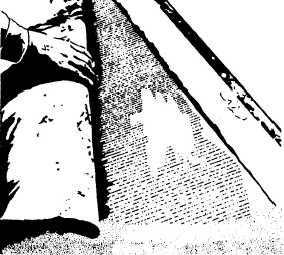
Figure 7-52.-Curing a wall with wet burlap sacks.
METHODS THAT PREVENT MOISTURE LOSS. - Methods that prevent moisture loss include laying waterproof paper, plastic film, or liquid- membrane-forming compounds, and simply leaving forms in place. All prevent moisture loss by sealing the surface.
Waterproof paper (figure 7-53) can be used to cure horizontal surfaces and structural concrete having relatively simple shapes. The paper should be large enough to cover both the surfaces and the edges of the concrete. Wet the surface with a fine water spray before covering. Lap adjacent sheets 12 inches

Figure 7-53.-Waterproof paper used for curing.
or more and weigh their edges down to form a continuous cover with closed joints. Leave the coverings in place during the entire curing period.
Plastic film materials are sometimes used to cure concrete. They provide lightweight, effective moisture barriers that are easy to apply to either simple or complex shapes. However, some thin plastic sheets may discolor hardened concrete, especially if the surface was steel-troweled to a hard finish. The coverage, overlap, weighing down of edges, and surface wetting requirements of plastic film are similar to those of waterproof paper.
Curing compounds are suitable not only for curing fresh concrete, but to further cure concrete following form removal or initial moist curing. You can apply them with spray equipment, such as hand-operated pressure sprayers, to odd slab widths or shapes of fresh concrete, and to exposed concrete surfaces following form removal. If there is heavy rain within 3 hours of application, you must respray the surface. You can use brushes to apply curing compound to formed surfaces, but do not use brushes on unformed concrete because of the risk of marring the surface, opening the surface to too much compound penetration, and breaking the surface film continuity. These compounds permit curing to continue for long periods while the concrete is in use. Because curing compounds can prevent a bond from forming between hardened and fresh concrete, do not use them if a bond is necessary.
Forms provide adequate protection against moisture loss if you keep the exposed concrete surfaces wet. Keep wood forms moist by sprinkling, especially during hot, dry weather.
FORM REMOVAL
Forms should, whenever possible, be left in place for the entire curing period. Since earl y form removal is desirable for their reuse, a reliable basis for determining the earliest possible stripping time is necessary. Some of the early signs to look for during stripping are no excessive deflection or distortion and no evidence of cracking or other damage to the concrete due to the removal of the forms or the form supports. In any event, forms must not be stripped until the concrete has hardened enough to hold its own weight and any other weight it may be carrying. The surface must be hard enough to remain undamaged and unmarked when reasonable care is used in stripping the forms.
Continue Reading